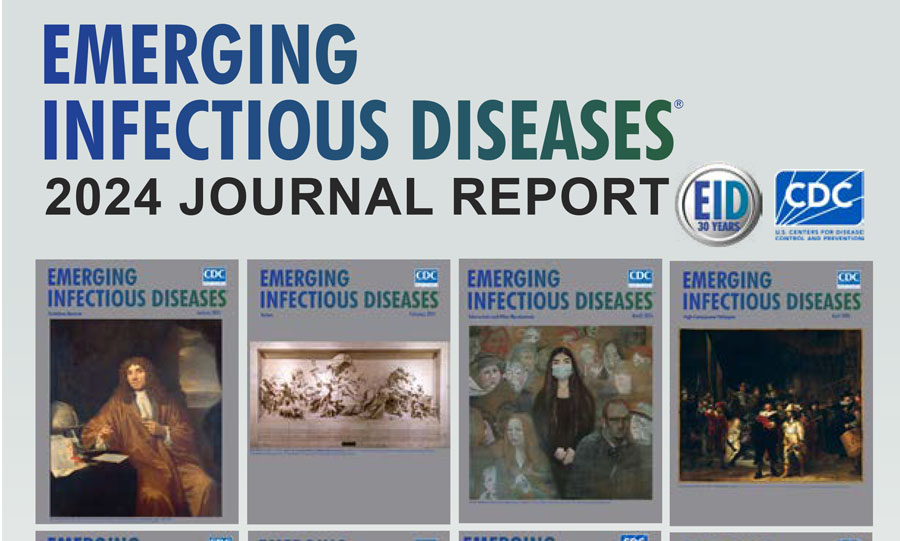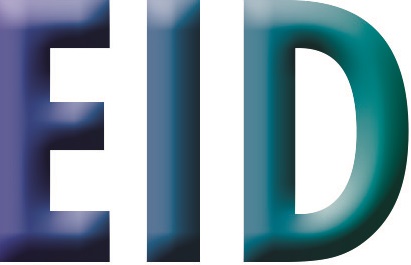Typeface
Accents
Do use the accent aigu on French words beginning with a capital E
École Polytechnique, Émile Zola
Boldface
Avoid using boldface for emphasis in running text. Boldface may be used judiciously in tables, if necessary, to highlight significant values or isolates described in a given study, for example. Similar uses are permitted in figures. Usage should be defined in table footnote or figure legend (i.e., “Boldface indicates a significant result.”).
Italics
Do not use italics for emphasis.
For use of italics with organisms, see Scientific Nomenclature.
Do not italicize coined terms. If necessary, set off in quotation marks at first occurrence only.
Single-letter variables are italicized. However, R0 (basic reproductive number) is not italicized to avoid confusion with R (correlation coefficient in multivariate analysis).
Do not use italics to format article headings, subheadings, table titles, or figure legends.
Do not use italics in keywords.
Do not italicize titles of books or journals, either in text or in references.
Italicize reference numbers in text but not in reference list.
Commas, colons, and semicolons that immediately follow italicized text should not be italicized.
Use the format p = 0.05 or p<0.05 (lowercase p, no italics; put zero before decimal, note spaces around =, no spaces around > and <).
Some foreign words and phrases have become part of standard English usage and do not need to be italicized, unless not using italics would be confusing. These terms include
in vivo (using a living organism)
in vitro (using components of a living organism)
in situ (using a specific site)
in silico (using computer simulation)
et al. (and others)
Underlining
Do not underline for emphasis or to indicate book or journal titles. Do not underline URLs or email addresses. Underlining may be used to indicate nucleotide or amino acid substitutions.
Capitalization: Avoid unnecessary capitalization. Follow Chicago Manual of Style, 16th edition.




